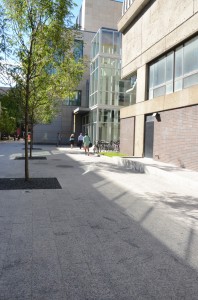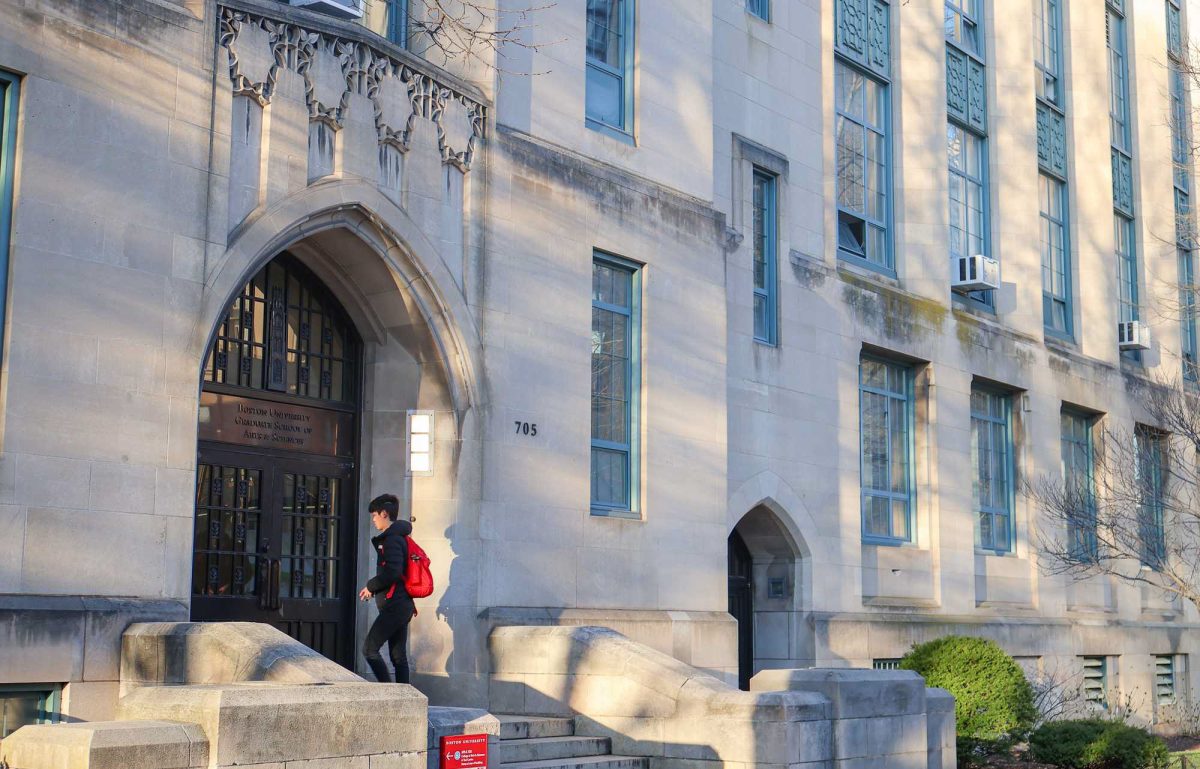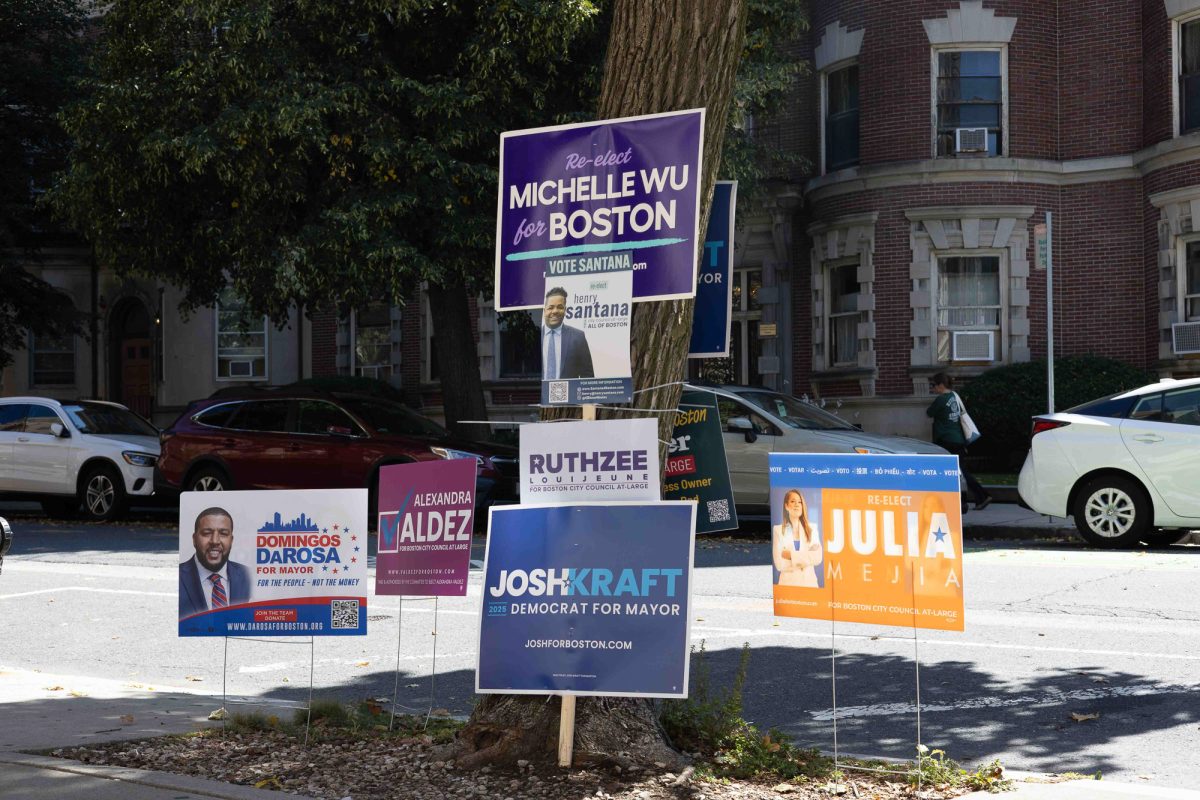
Boston University’s Charles River Campus underwent several renovations this summer as Facilities Management & Planning invested $40 million into 20 projects instituted to make BU more efficient and sustainable.
“One of the key things with maintaining an institution is to take care of your belongings, your property,” said BU spokesman Colin Riley. “The most important thing is that the entire student body benefits … because by improving the efficiency, we are reducing costs.”
The Sumner M. Redstone Building, which opened Tuesday, is a five-story addition to the School of Law, featuring updated classrooms, new technology and a student commons complete with a dining area, said LAW’s Director of Communications and Marketing Ann Comer-Woods.
“We have 15 new classrooms in the building and they’re on five floors, which makes them much more easily accessible than when we’re in the 17-story tower,” she said. “We have modern technology in all the classrooms, which will enhance the learning and teaching experience for our students.”
BU expects to finish construction on the existing LAW tower, originally erected in the 1960s, by fall 2015, Comer-Woods said.
She said the new tower will largely house administrative offices and the Redstone building will continue to supply the majority of LAW’s classroom space.
“The architects and the construction workers are bringing the tower back to how it was really being envisioned by the architect,” she said. “Little courtrooms will be in there, as well as space for our writing programs.”
Warren Towers, located at 700 Commonwealth Ave., has added a self-serve Dunkin’ Donuts to the City Convenience attached to the building. A Subway was also integrated into City Convenience, which formerly occupied its own street-level space at the residence hall.
While the Facilities Management & Planning team has undertaken and completed many projects this summer, Riley said some are still in the works, such as the Center for Integrated Life Sciences and Engineering building on Commonwealth Avenue.
BU plans to erect the $100 million CILSE Building at 610 Comm. Ave., a space currently occupied by a 60-car parking lot, according to BU’s CILSE Expanded Project Notification Form.
“The Center for Integrated Life Sciences and Engineering will create a new and unique space for interdisciplinary research and will allow us to bring together outstanding scientists and engineers from across the University to work collaboratively in the area of life sciences research,” said Gloria Waters, BU’s vice president and associate provost for research, in an email.
The nine-story building will house 150,000 square feet of floor space, and plans for the center feature labs that are expected to serve 160 researchers, postdoctoral students and staff, in addition to 270 graduate students, according to the notification form. Construction on the project is expected to begin in May 2015, Waters said.
Several students said though they appreciate the construction BU has already conducted, the school should also address other areas on the Charles River Campus.
Austin Kruger, a junior in the School of Management, said BU should have kept a more open dialogue with the students, faculty and staff about the university’s budget for construction projects.
“I’m not sure how much benefit that $100-million building [CILSE] will have to the vast majority of students here,” he said. “There hasn’t been enough communication between the students and the administration. If students are paying $60,000 a year, they should have had a right to say where $100 million is going to or at least have a say.”
Shamoore Simpson, a graduate student in the School of Public Health, said BU should be giving more attention to projects that will benefit a greater number of students.
“This [CILSE] building doesn’t serve the general student population, only a very specific group,” she said. “BU needs to spend its money on construction for student housing and not necessarily on new academic buildings. At this point, if you are increasing your enrollments, you have to increase your housing. People need a place to live.”
College of Arts and Sciences junior Stephen Chang said BU could have spent a large portion of its operating budget in more useful ways.
“I don’t feel like that is responsible. It’s a waste of money, and it’s a little too much,” he said. “This [CILSE] building is only benefiting specific needs. They could have spent the money on something else, like redoing housing, better professors or fixing up the GSU.”



















































































































